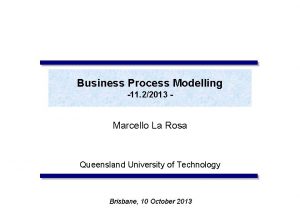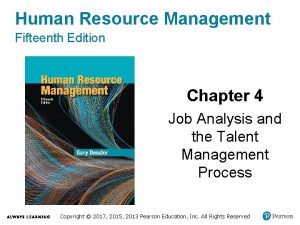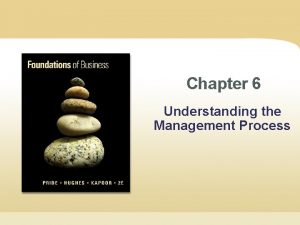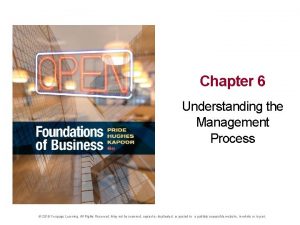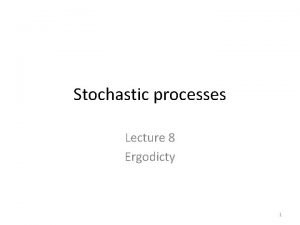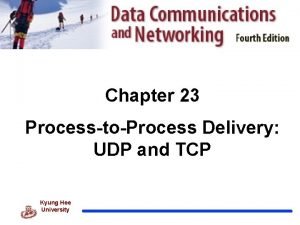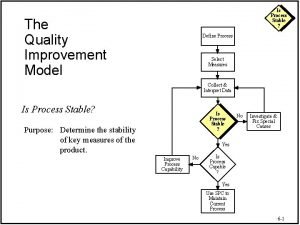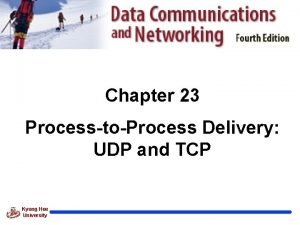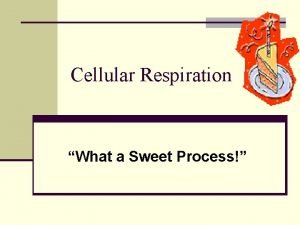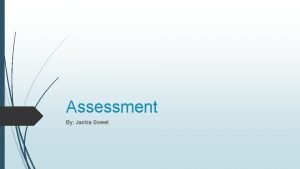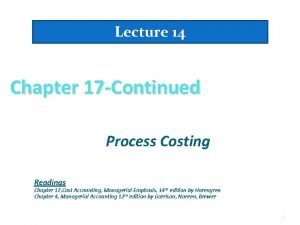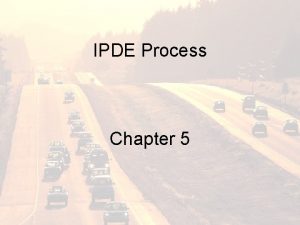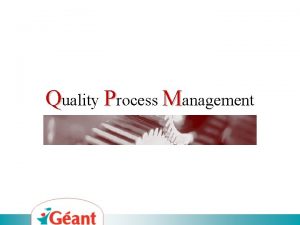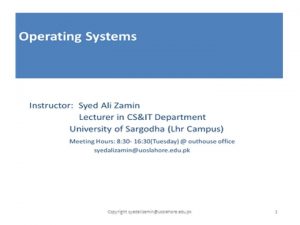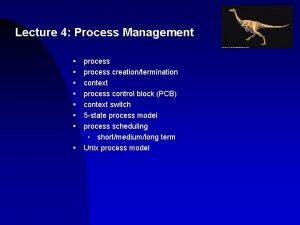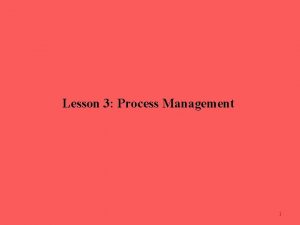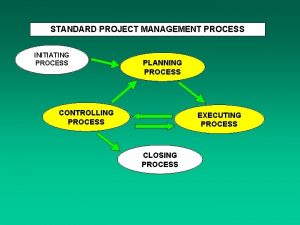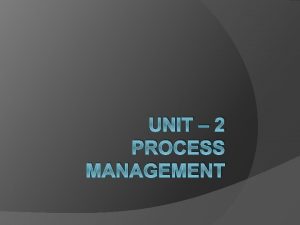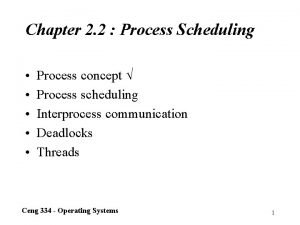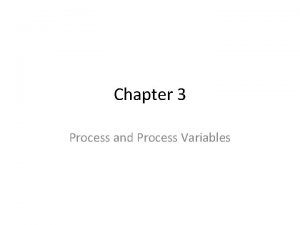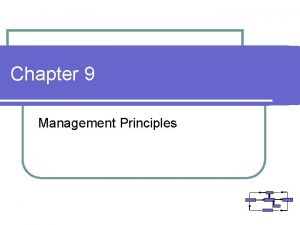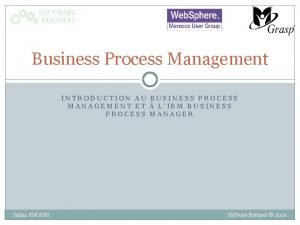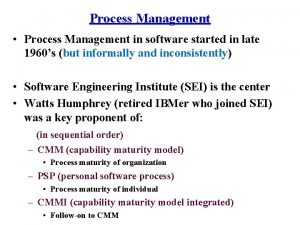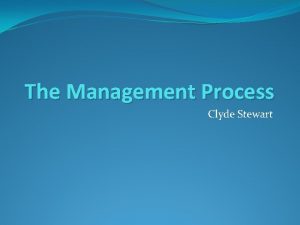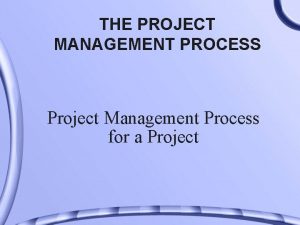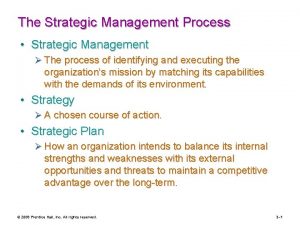CHAPTER 3 PROCESS MANAGEMENT WHAT IS PROCESS MANAGEMENT



















- Slides: 19

CHAPTER 3 PROCESS MANAGEMENT

WHAT IS PROCESS MANAGEMENT ? The selection of the inputs, operations, work flows and methods that transform inputs into outputs l input selection : in-house or outsource l process decision : proper mix of human skills and equipment that is consistent with competitive priorities l five basic process decisions : process choice, vertical integration, resource flexibility, customer involvement and capital intensity l

PROCESS CHOICE Designing a well-functioning process l Choosing a process type that best achieve the relative importance placed on quality, time, flexibility and cost - strategic issue l Four major process types : project, job, batch, line and continuous l The best choice for a process depends on the volume and degree of customization required l

Project process l high customization, low volume, large scope, unique l complex and long time l requiring close coordination l heavy use of certain skills and resources at particular stages and then have little use for them afterwards

Job process l needs flexibility to produce a variety of products or services in significant quantities l relatively high customization, low volume l jumbled flow and a little line flow l some customers may repeat orders from time to time

Batch process l higher volume than job process - similar products or services are provided repeatedly l narrower range provided than job process l production lots or customer groups are handled in larger quantities than job process l mostly use line flow

Line process l lies between batch and continuous process l volume is high, standardized products or services l little inventory held l make-to-stock, mass production

Continuous process l extremely high volume, rigid line flow l primary materials are moving without stopping

VERTICAL INTEGRATION Make-or-buy decision l coordinating and integrating the various processes and suppliers involved l backward integration : moving upstream toward the source of raw materials l forward integration : acquiring more distribution channels l

RESOURCE FLEXIBILITY - WORKFORCE Flexible workforce : greater skills, costly, large benefit l The best way to achieve reliable customer service and alleviate capacity bottlenecks l The combination of temporary and full-time employees l

RESOURCE FLEXIBILITY - EQUIPMENT General-purpose equipment : low fix cost, high variable cost, high customization, low volume l Special-purpose equipment : high fix cost, low variable cost, high volume, low customization l

CUSTOMER INVOLVEMENT The extent to which customers interact with the process l Self-service : price is competitively priority l Product selection : when business competes on customization, involved in designing and inspecting the product l Time and location : services or products provided in the presence of customers l

CAPITAL INTENSITY l l l The greater the relative cost of equipment, the greater is the capital intensity Mix of equipment and human skill Automation : as capabilities of technology and productivity increase, its costs decrease, improve quality, high demand Fixed automation : demand volume is high, product design is stable, life cycle is long, low variable cost Flexible automation : handling various products

ECONOMIES OF SCOPE Capital intensity and resource flexibility vary inversely l Programmable automation breaks this inverse relationship which makes possible high capital intensity and high resource flexibility, creating economies of scope l Economies of scope reflects the ability to produce multiple products more cheaply in combination than separately, so that 2 conflicting competitive priorities (quality & low cost) become more compatible l

GAINING FOCUS Focused factories : splitting large plants into several specialized small plants to concentrate on fewer tasks and lead a workforce toward a single goal l Focus by process segment (PWPs) : different operations within a facility with individual competitive priorities, processes and workforces under the same roof l The use of cell : a group of two or more dissimilar workstations located close to each other that process a limited number of parts/models that have similar process requirements l

DESIGNING PROCESS To determine how each process will be performed l A systematic approach is to analyze a process, spotting areas for improvement, developing ways to improve them and implementing the desire changes l Using three supporting techniques - flow diagram, process chart and simulation - can give insights into current process and proposed changes l Concluding with two complementary philosophies : process reengineering and process improvement l

A systematic approach : l describe the more strategic dimensions of the process l identify the inputs, outputs and customers of the process l identify the important performance measure of the process l document the process l redesign or refine the process to achieve better performance l evaluate the changes and implement those that appear to give the best payoffs; back to step 1 as needed

PROCESS REENGINEERING Fundamental rethinking and radical redesign of processes to improve performance dramatically in terms of cost, quality, flexibility of service and speed l reinvention and not incremental improvement l massive changes, large investment l critical processes, strong leadership, cross-functional teams, information technology, clean-slate philosophy, process anlysis l

PROCESS IMPROVEMENT Systematic study of the activities and flows of each process to improve it, understand the processes in details l continuous improvement by examining each aspect of the process, looking for a ‘better way’ all the time : streamline tasks, eliminate whole process, cut expensive materials or services, improve the environment, make the jobs safer l trim costs and delays, improve customer satisfaction l
 Process hierarchy in process management
Process hierarchy in process management Chapter 4 job analysis and the talent management process
Chapter 4 job analysis and the talent management process Chapter 6 understanding the management process
Chapter 6 understanding the management process Chapter 6 understanding the management process
Chapter 6 understanding the management process Operations management chapter 12 inventory management
Operations management chapter 12 inventory management Top management middle management first line management
Top management middle management first line management Top management middle management first line management
Top management middle management first line management Top management middle management first line management
Top management middle management first line management Bones practical exam
Bones practical exam Procedural due process vs substantive due process
Procedural due process vs substantive due process Properties of autocorrelation function
Properties of autocorrelation function What is process to process delivery
What is process to process delivery Coronoid and condylar process
Coronoid and condylar process Minitab
Minitab Process-to-process delivery
Process-to-process delivery Sweet process
Sweet process Summative and subjective assessment
Summative and subjective assessment Phi beta sigma logo
Phi beta sigma logo Chapter 17 process costing
Chapter 17 process costing Ipde process definition
Ipde process definition
